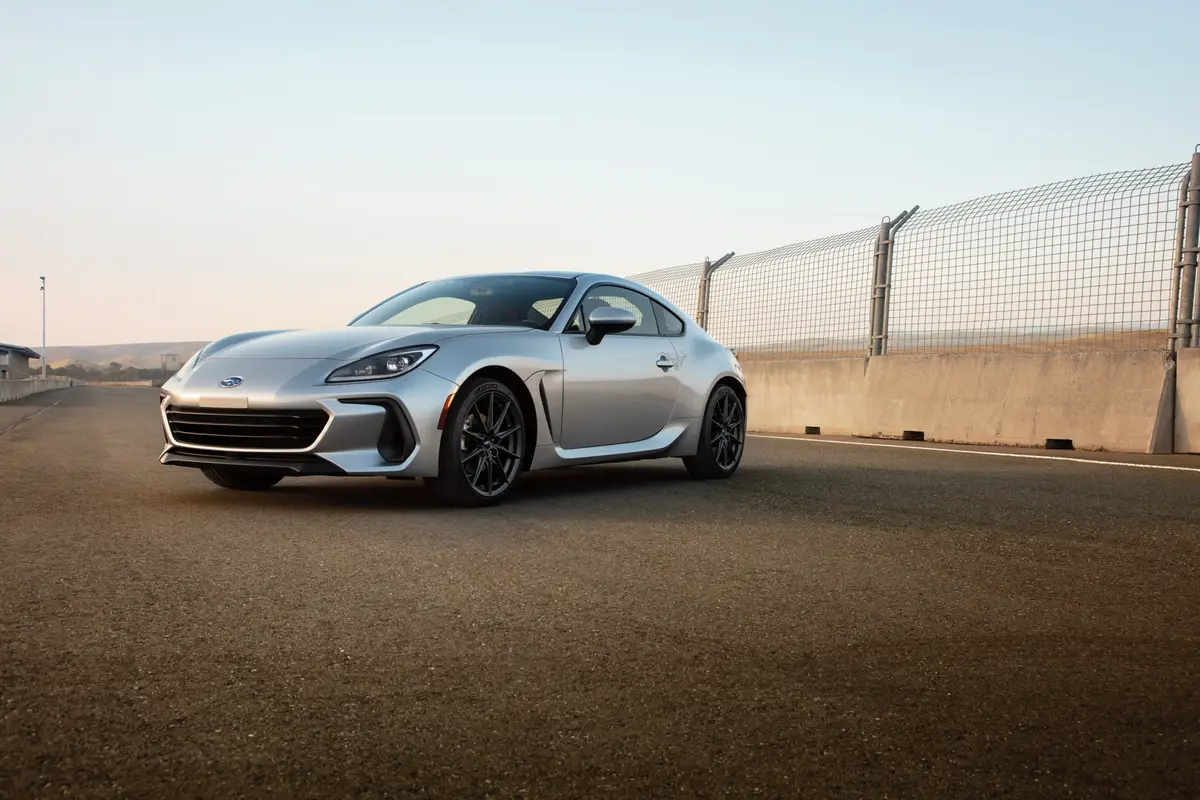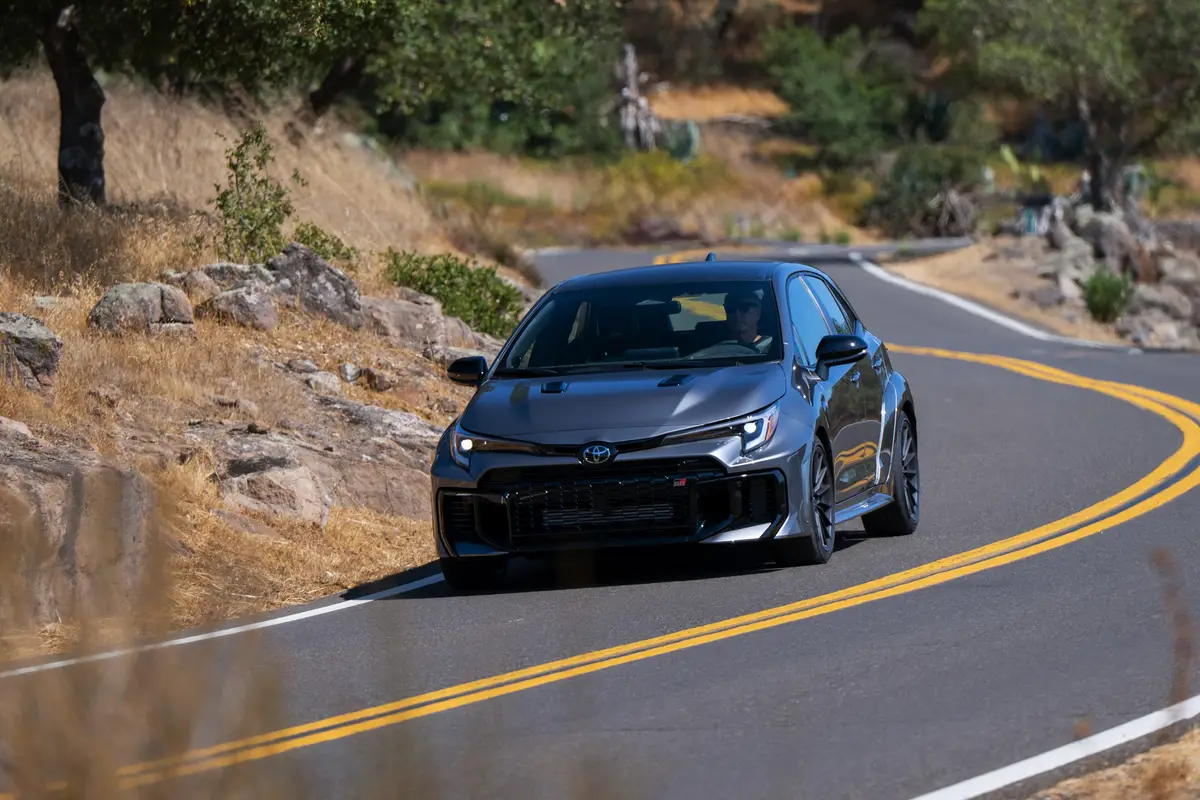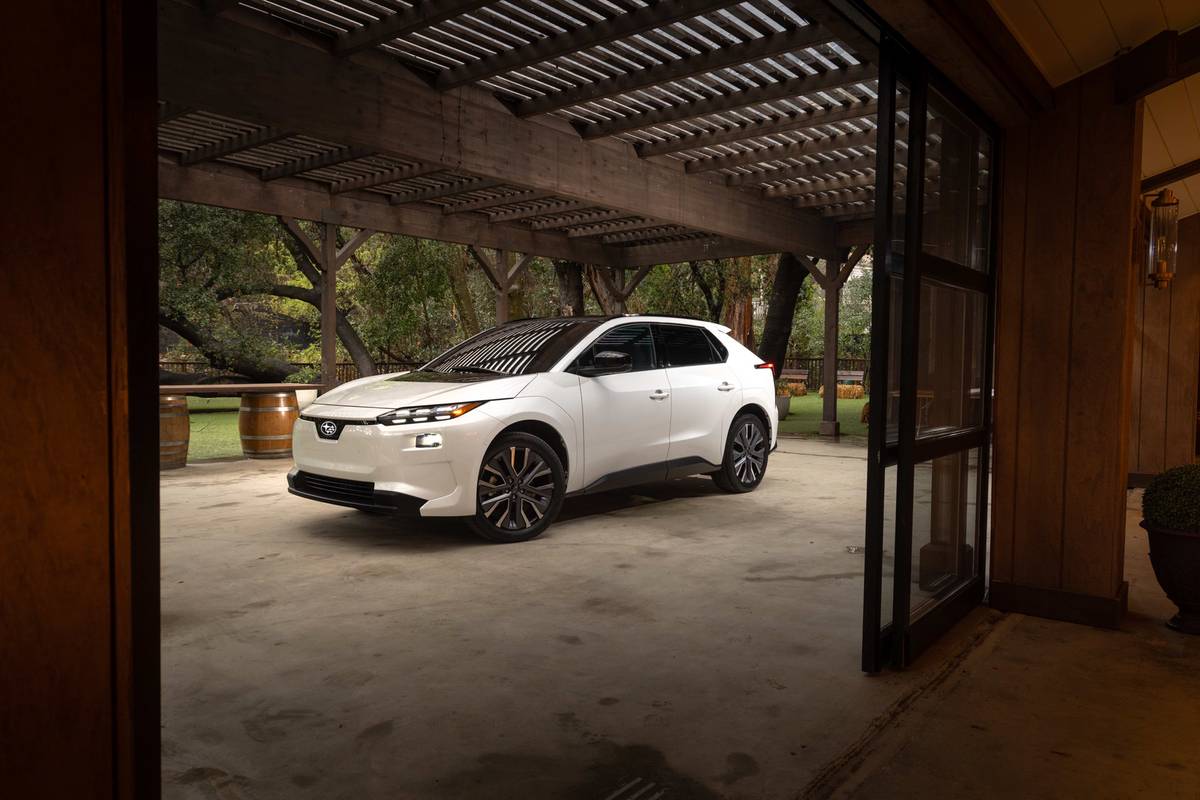Orlando Sentinel's view
Until now, there has been only one thing missing from minivans: fun.
Since Chrysler introduced the minivan in 1984, they’ve always been useful tools, appliances if you will, for transporting kids, dogs and groceries.
The Chevrolet Lumina APV changes all that.
Yes, you can still transport kids, dogs and groceries, but now you can have a blast doing it.
Not since my college days when I owned a bright green Triumph TR6 have I been in a vehicle that attracted so much attention. People loved that sports car. I was stopped in parking lots, complimented at car washes, and I attracted admiring glances at stop lights.
In one week the Lumina APV did all that, too – and that’s the last thing you’d expect from a van.
For years, automakers have been taunting auto enthusiasts by showing off sleek futuristic concept vehicles. They’d whet our appetites, whip us into a frenzy, and then these concept cars would disappear.
Well, this time GM has delivered.
The Lumina APV incorporates a number of firsts. The 17.25-square-foot windshield is coated with a metallic film that absorbs and reflects sunlight. That film, Chevy says, is 1,000 times thinner than a sheet of paper.
The body panels are made from what Chevy calls reinforced composite materials. They are more or less, layers of strengthened, flexible fiberglass. That means they are immune to paint chips and dings, and more importantly, rust.
The radically sloped front end helps give the Lumina APV a drag coefficient of just .030. Whether you like the Lumina’s Flash Gordon-like looks or not, you can’t help but be impressed with the way the Lumina APV rides: It’s just like a car.
Some vans handle and steer like trucks. The front-wheel-drive Lumina APV felt like a large, comfortable sedan. It’s easy to get in and out of. Visibility is good. The steering is crisp and the cornering is well-balanced.
It takes about three days to get used the massive windshield and sloping front end. After that, driving the Lumina APV becomes second nature. A few years ago, the Chevy Caprice had a rear window with sharp bends at each corner. That eliminated the need for a pair of rear pillars. One wishes that same technology could have been employed on the front of the APV’s windshield to do away with the thick pillars that extend from the roof to the hood on each side.
The well-optioned test van, painted a dark blue, sported a sticker price of $18,255. For that you get seating for seven persons and the CL equipment group, which includes power windows, locks, and seats, AM-FM cassette radio with front andrear speakers, cruise control and color keyed floor mats.
The CL package, though a $910 option, is worth every penny. It transforms the Lumina APV into a comfortable, durable, easy-to-drive vehicle. Though there were some initial startup problems when the first vehicles were put together last year, build quality on the test vehicle was excellent. C hevy already has sold about 20,000 Lumina APVs.
The only disappointment – at least initially – is in the APV’s performance. Though the 135-horsepower, 3.1-liter, fuel-injected V-6 is powerful enough to motivate the 3,042 pound Lumina Euro Coupe with authority, it clearly is taxed in the 3,505 pound APV. After a while, you learn to live with the APV’s performance, which is not exactly slow, but nowhere near fast. It’s adequate. Chevy says 0-60comes up in 13.0 seconds.
However, the rumor mill in Detroit says GM’s silky smooth 3.8-liter V-6 and a four-speed overdrive automatic are slated for future models. Better performance would fit nicely with the APV’s sporty image. But for now the 3.1 V-6 is the only engine available and the only way it comes is connected to a three-speed automatic.
Fuel economy, however, is reasonable. With the air conditioning blasting, the APV returned 16 miles per gallon in the city and 21 mpg on the highway. The 20 gallon fuel tank ensur a long cruising range between fill ups.
It’s on long trips that the Lumina APV really shines. For one thing, it’s practically immune to being buffeted by strong winds, credit that to the aerodynamic shape. For another, the power adjustable seats are firm and supportive. There’s ample foot and headroom for rear passengers, and a decent sized stowage space behind the rear seats.
Chevy engineers paid a lot of attention to details. The rear seats can be folded over and used as trays, or they can be removed in a quick, three-step process. Four-foot-wide objects can be carried with the seats folded. Also, there is a separate heater for rear passengers. And plenty of cup holders. The driver’s power window lowers all the way with one touch of the switch.
In addition to the Lumina APV, Pontiac and Oldsmobile also sell versions of the van. All are mechanically identical, but differ in levels of trim – and price.
In the 1990 Chevrolet Lumina APV, excellent build quality, decent fuel economy, space-age styling, and a sedan-like ride adds up to what must be one of the best minivans money can buy.
Latest news



